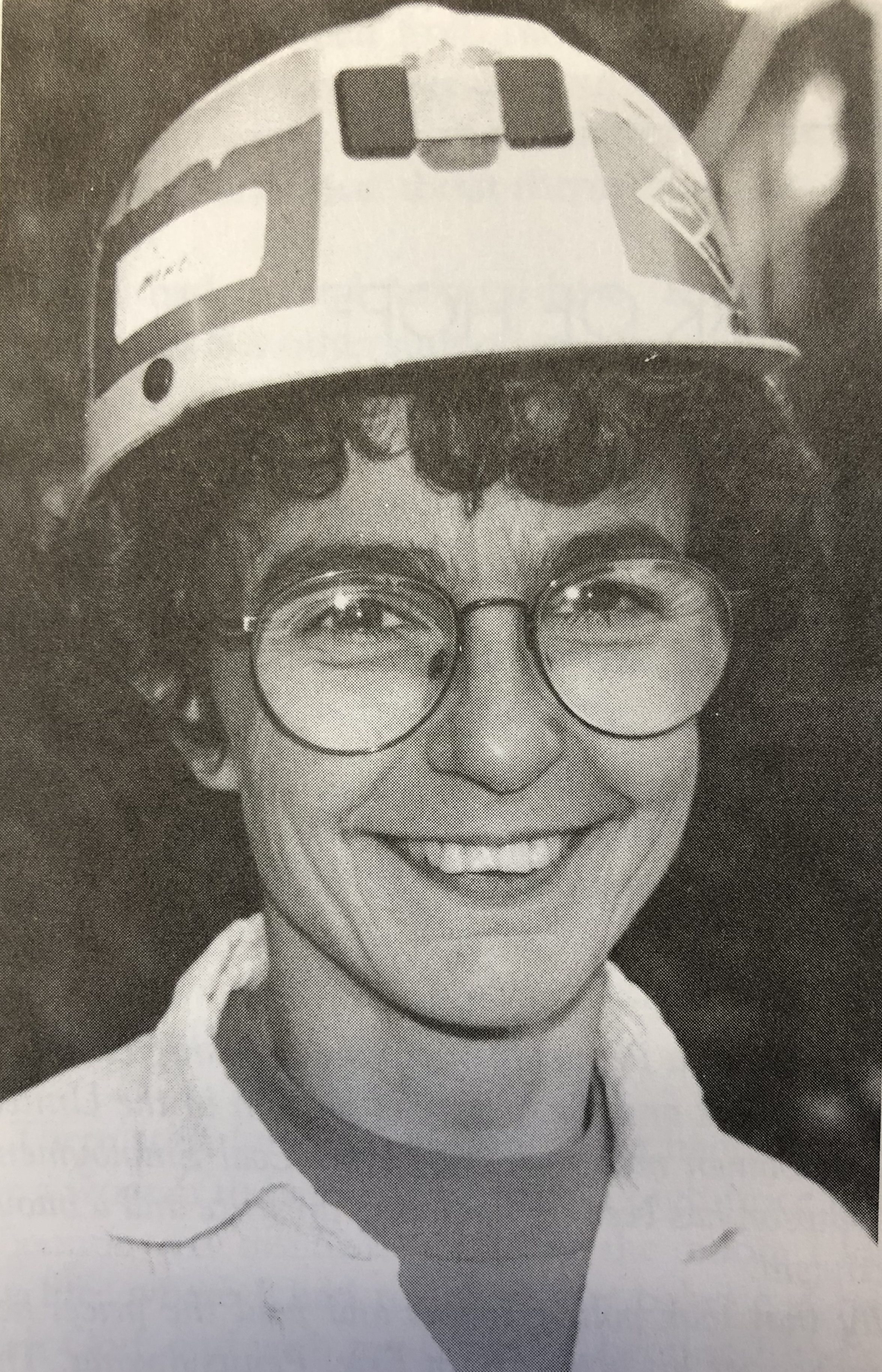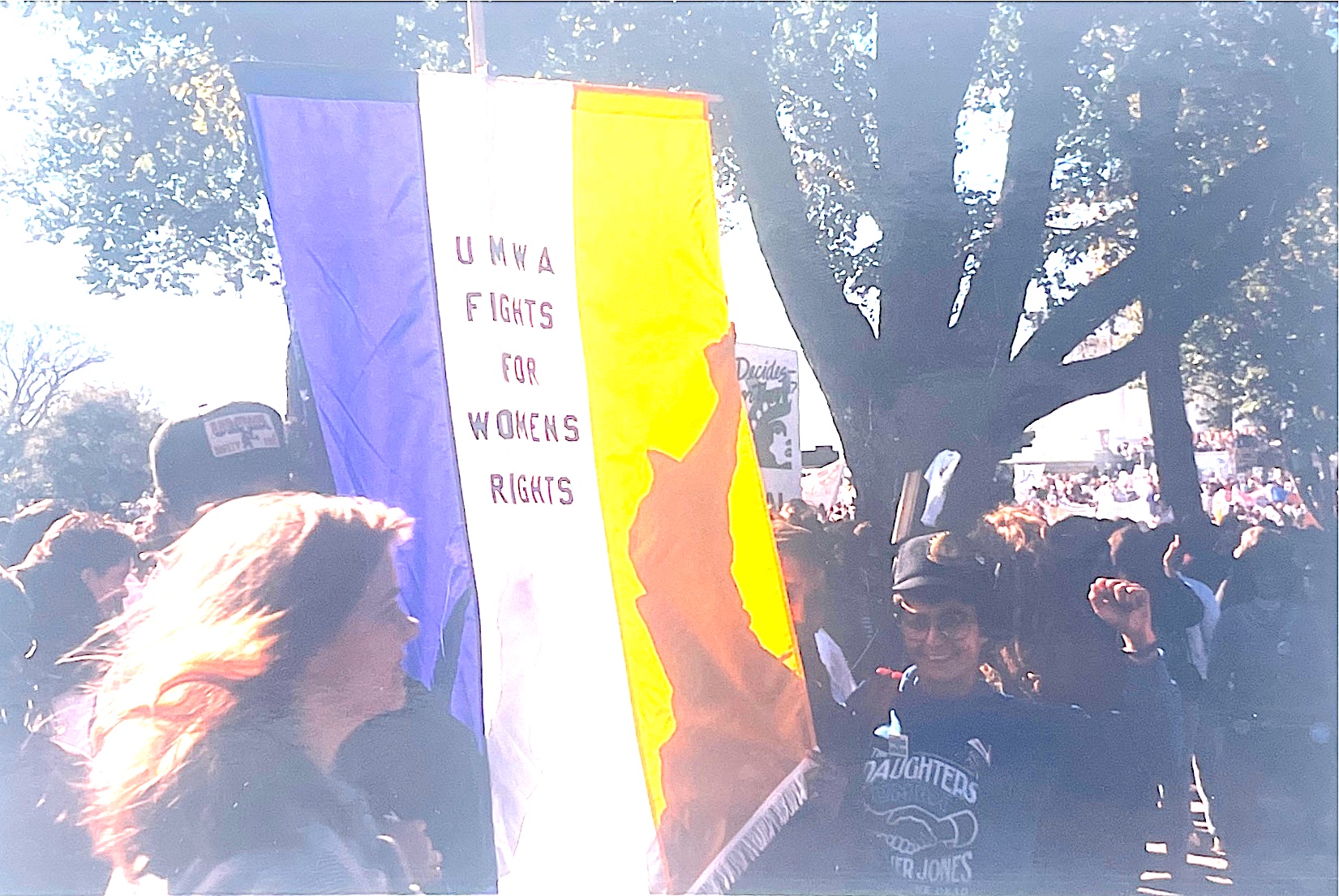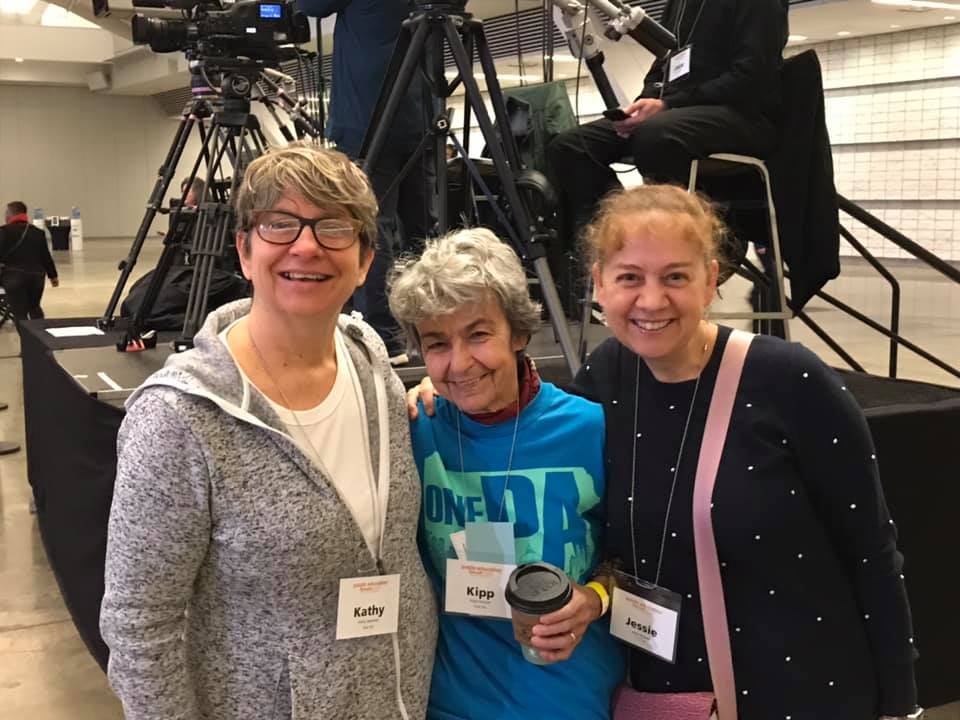
Women’s Strike for Peace and Equality, New York City, Aug. 26, 1970.
Photo: Eugene Gordon—The New York Historical Society
An activist, coal miner, and educator, Kipp Dawson organized on the frontlines of nearly every major freedom struggle in the second half of the 20th century through the early 21st century. She participated in and helped to lead some of the largest and most well-known sit-ins, rallies, marches, and campaigns that led to crucial victories. Yet the movements sustained constant defeats and setbacks, and Dawson’s own social identities – as a lesbian, Jewish, working-class woman, from a multi-racial family – frequently meant she faced government surveillance, harassment, and intra-movement bigotry. Using peer-reviewed scholarship as well as interactive tools from the digital humanities, Kipp Dawson: The Struggle is the Victory documents her lifetime of work.
This public history site offers a multimedia, open educational resource authored by students, staff, and faculty at Carnegie Mellon University, Chatham University, Emory University, and West Virginia University. The collaboration brings together a group of researchers, independent scholars, and technologists across generations, institutions, and disciplinary backgrounds. Our goal is to provide access to Dawson’s story through her own words, writing, photographs, documents, and movement ephemera as well as historical context and analysis. Using an intersectional, feminist lens to view the remarkable breadth and depth of Dawson’s coalitional activism, we suggest a re-thinking of leadership within social movements.
Building on the crucial work of civil rights historians who have offered alternative understandings of Black women’s leadership, we move away from a traditional, patriarchal leadership model, with a solo leader at the top of a hierarchical organization. 1 We also consider how that reframing applies across movements, inspired by scholars of the “long civil rights movement” who have placed that freedom struggle in conversation with others beyond the 1960s, and a formulation of a “movement of movements.” 2 We approach Dawson’s lifetime of work through a framework that we are calling “radical collaboration.” Women have often performed the invisible labor of this intentional, transformational, and diffuse form of leadership. Radical collaboration prioritizes relationship-building, fosters community care networks, and redefines movement goals. Through radical collaboration, Dawson and her colleagues challenged what bell hooks called “imperialist white supremacist capitalist patriarchy” across multiple movements and decades. 3
Significantly, by putting Dawson’s efforts in a collective context, radical collaboration has helped our team to set aside the question of leadership, instead emphasizing movement networks, and to more fully appreciate the scope, interconnectedness, chronology, and efficacy of social movements.


This site includes:
This site follows best practices and accessibility standards for digital humanities projects. We are committed to the principles of intersectional feminist design and universal design.
[1] This rich body of scholarship includes Charles Payne, Barbara Ransby, Katherine Mellen Charron, Ashely Ford, Keisha Blain, Lisa Levenstein, and Jeanne Theoharis among others.
[2] Jacquelyn Dowd Hall, “The Long Civil Rights Movement and the Political Uses of the Past” (The Journal of American History, Vol 91, No. 4; March 2005), pp. 1233-1263; Van Gosse, “A Movement of Movements: The Definition and Periodization of the New Left,” in A Companion to Post-1945 America, Jean-Christophe Agnew and Roy Rosenzweig, editors (Blackwell Publishing, 2006).
[3] bell hooks, Writing Beyond Race: Living Theory and Practice (Routledge, 2012).

This non-commercial project is intended for educational purposes only. The material used here has been gathered in good faith according to fair use standards with full citations of all sources. To cite or provide attribution to this site, we recommend you use the following:
Whenever possible, we have attempted to secure permissions for any material that exceeds “fair use” standards or is protected by copyright. In some instances, it can be difficult to determine who, if anyone, holds the rights to materials or artifacts. In such instances, text and images will be considered on loan until someone objects. If you own the rights to something published here and would like it removed or cited differently, please contact us using the form found at this link.